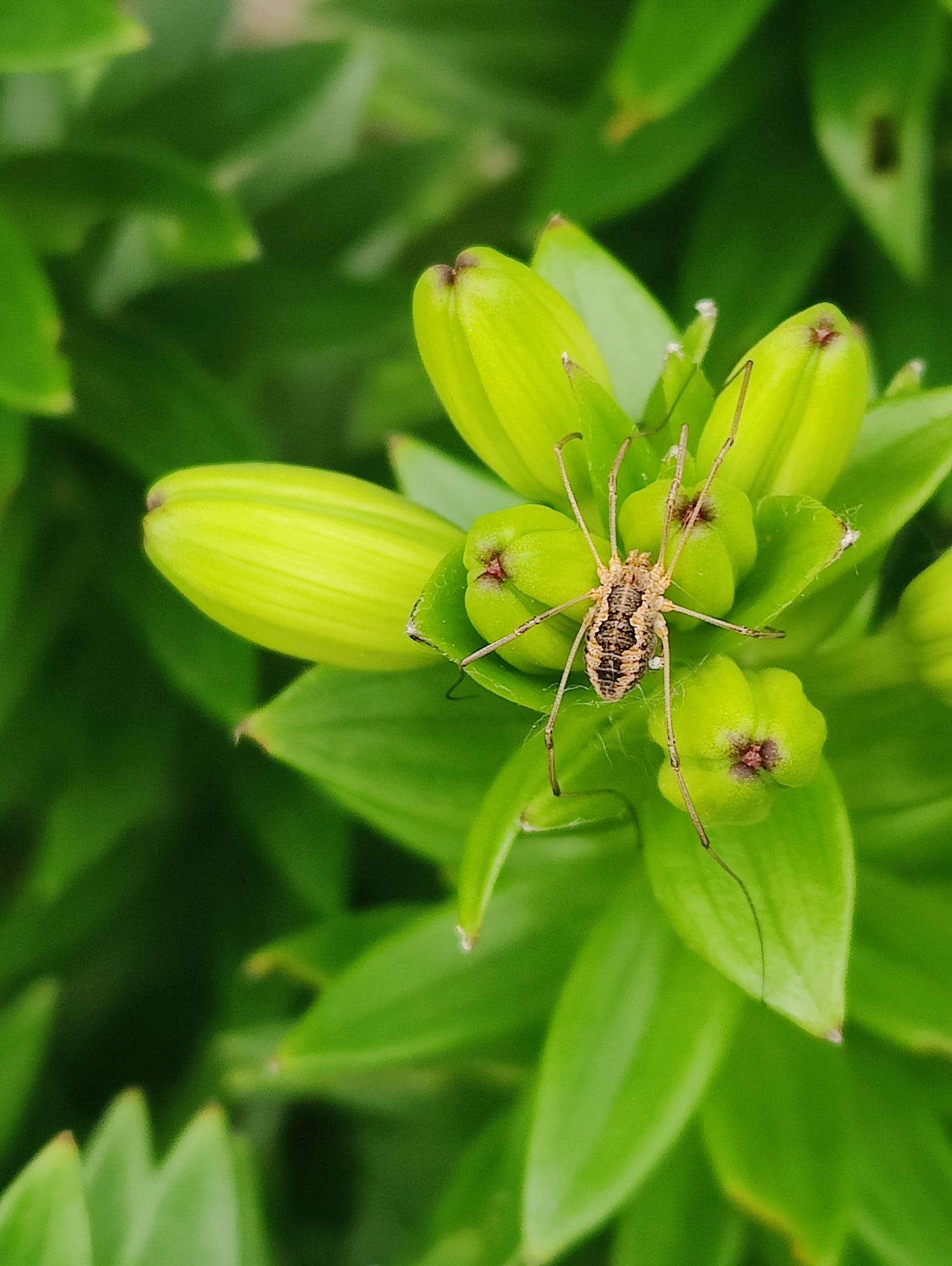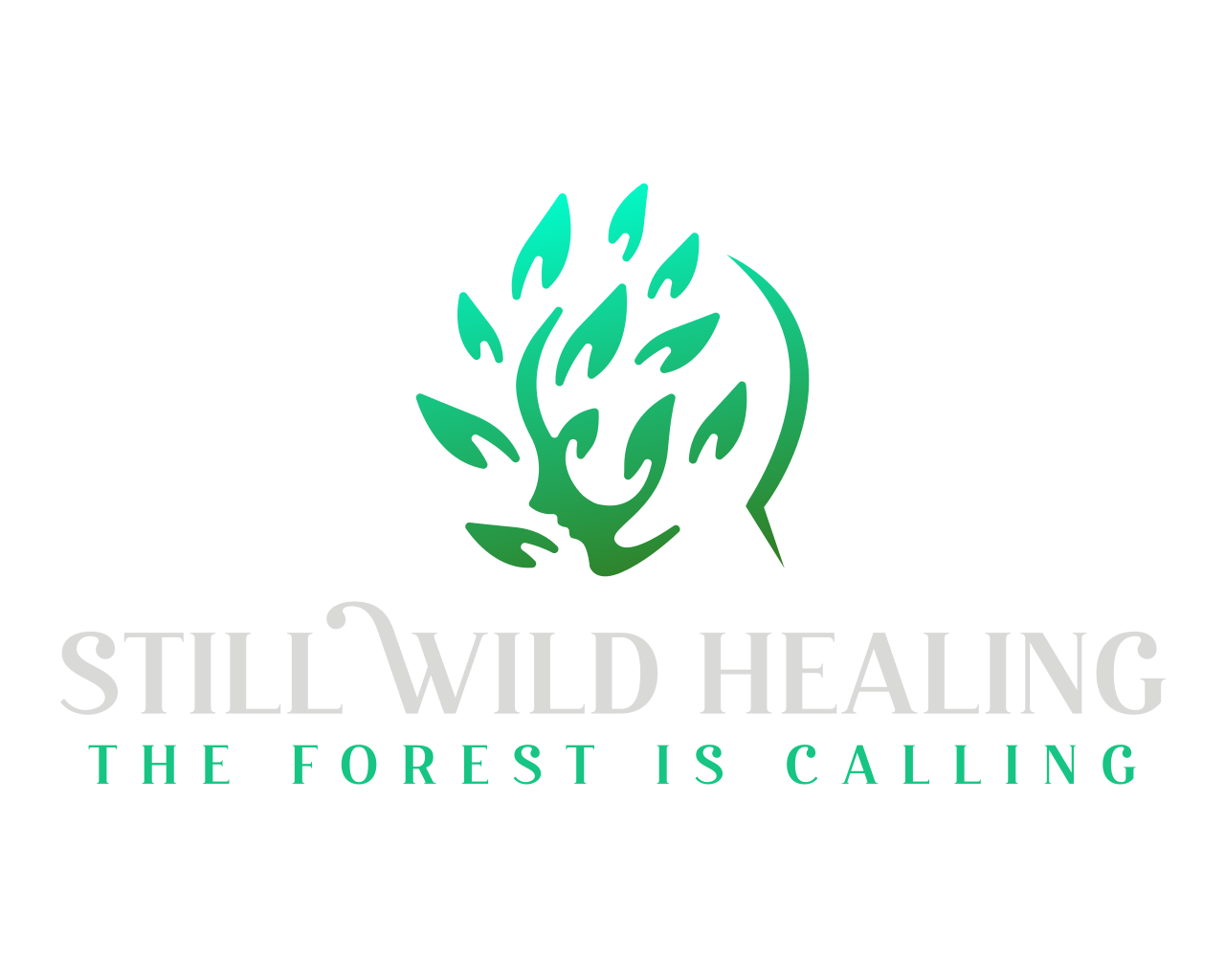Understanding Common Barriers in Nature Guided Therapy
A Closer Look at Client Concerns
Fellow Seekers
Nature Guided Therapy enters the shared space where client, therapist, and the Land meet. It's a practice that invites us to step beyond the traditional four walls of therapy and in relationship with the living world around us. Yet for many folks, this invitation can feel as daunting as it does appealing.
In my work as a Nature Guided therapist, I've witnessed the healing that can unfold when we allow ourselves to be in conversation with the natural world. But I've also seen how our conditioning, fears, and past experiences can create barriers to this connection. Understanding these barriers isn't about pathologizing them—it's about meeting ourselves with compassion and creating pathways through the resistance that keeps us separate from the healing presence of nature.
The Five Common Barriers
Through years of practice, I've noticed five common themes that emerge when clients encounter the prospect of outdoor therapeutic work:
1. "What About the Bugs?"
This seemingly practical concern often carries deeper meaning. The "bug question" frequently masks anxiety about unpredictability, loss of control, or discomfort with the messier, less sanitized aspects of the natural world. For clients accustomed to controlled indoor environments, the prospect of mosquitoes, spiders, or other insects can trigger fears about vulnerability and exposure.
Beneath this concern often lies a disconnection from our own animal nature—a forgetting that we, too, are part of the “environment” rather than separate from it. The bugs become a symbol for everything wild and uncontrollable that we might encounter, both in nature and within ourselves.
2. "What If I See Someone I Know?"
The fear of being witnessed in a therapeutic context speaks to our deep conditioning around vulnerability and social image. Being outdoors can feel exposing—both literally and metaphorically—especially when we're engaging in potentially emotional or unfamiliar practices.
This barrier reveals how much energy we spend managing our public personas and how threatening it can feel to be seen in our authentic, perhaps struggling, humanity. The outdoors strips away some of our usual protective layers, and this exposure can feel overwhelming for clients who have learned to hide their pain or process behind closed doors.
3. "What If I'm Unable to Make Connections with Other Beings?"
This doubt often stems from deeper beliefs about worthiness, spiritual capacity, or past disappointments with attempts at meaning-making. Clients may carry wounds from religious or spiritual traditions that created rigid expectations about how connection "should" happen, or they may have been taught to distrust their intuitive capacities.
The fear of spiritual or emotional "failure" can be particularly acute in nature-based work, where connection is less scripted and more emergent than in traditional talk therapy. Clients worry they lack some essential capacity for communion with the natural world.
4. "I'm Too Sad, Anxious, Angry, or Tired to Stay Present Outdoors"
This barrier touches on a cruel irony: those who might benefit most from nature connection often feel least capable of accessing it when in crisis states. When we're overwhelmed by internal weather systems, the idea of also managing external elements can feel impossible.
This concern reflects our cultural tendency to see emotional distress as something to be hidden or managed privately. Clients may believe they need to be in a "good place" to deserve or benefit from nature's presence, not realizing that the natural world is equally available in times of struggle and despair.
5. "Am I Making Connections with Other Beings Up?"
Our culture's emphasis on empirical validation can undermine trust in subjective, embodied experiences. This doubt is particularly challenging for clients who've been taught to distrust their intuition or inner knowing, or who come from backgrounds that dismissed mystical or relational experiences as "unreal."
The questioning voice that asks "Is this real?" or "Am I just imagining this?" can interrupt the very receptivity needed for interspecies communion. It reveals the deep conditioning that separates mind from body, rational from intuitive, and self from world.
Meeting the Barriers with Compassion
These barriers aren't obstacles to overcome but rather information about what clients need to feel safe enough to open to relationship with the natural world. Each concern points toward a particular kind of support, understanding, or healing that a partner relationship can provide.
When we recognize these themes, we can:
- Normalize our concerns rather than dismissing them
- Explore the deeper fears underlying practical worries
- Create safety through preparation and choice
- Honor past experiences that inform current resistance
- Trust the wisdom of our body’s protective systems
The Land as Partner and Client
What makes Nature Guided Therapy unique is recognizing that the natural world themselves serves as an active participant in the healing process. Yes, the Land holds space with infinite patience, offers unconditional presence, and provides mirrors for our internal landscapes that can't be found in indoor settings. However, there is more here than a space to work through our own experiences. When we work on ourselves from a collaborative approach- one based off of mutual respect and honesty- we can heal with the Land, and the Land needs us more than ever.
When we support ourselves through these initial barriers, we often discover that nature has their own ways of addressing the very concerns that kept people hesitant. The bugs teach us about boundaries and coexistence. The trees model how to be rooted yet flexible. The seasons remind us that all states are temporary. If we listen to this, we can find solutions for ourselves and support the Land in their own needs. We move from extraction of the environment and their resources to reciprocity, right relationship, acceptance of interbeing.
The work isn't about forcing connection or pushing through resistance. It's about creating conditions where authentic relationship with the other-than-human world can emerge naturally—in whatever form serves each unique client's healing journey.
Trusting the Process
In my experience, the very barriers that clients bring to Nature Guided Therapy often become doorways into deeper healing. The fear of being seen transforms into authentic self-expression. The doubt about connection gives way to genuine encounters with other beings. The overwhelm finds spaciousness in the vast holding of the natural world.
When we can meet these barriers with curiosity rather than judgment, with patience rather than pressure, we create space for the profound transformation that becomes possible when human healing is held within the larger community of life.
Nature Guided Therapy reminds us that we are not separate from the natural world—we are part of it. And in that remembering, both individual and ecological healing become possible.
I would love to hear from you! Please let me know your thoughts by leaving a comment below.
Stay Wild and True-
Emily
Disclaimer:
The purpose of this information is for educational purposes only. Always seek the advice of your own Medical Provider and/or Mental Health Provider regarding any questions or concerns you have about your specific health. As always, please use common sense.
Services provided by Emily Grendahl Risinger and Still Wild Healing LLC are for educational purposes only. These statements have not been evaluated by the Food and Drug Administration. This information is not intended to diagnose, treat, cure, or prevent any disease. The Food and Drug Administration (FDA) classifies herbs as dietary supplements/food products, not medicines. Consult your healthcare provider before using any herbal supplements, especially if you are pregnant, nursing, have a medical condition, or take medications.



